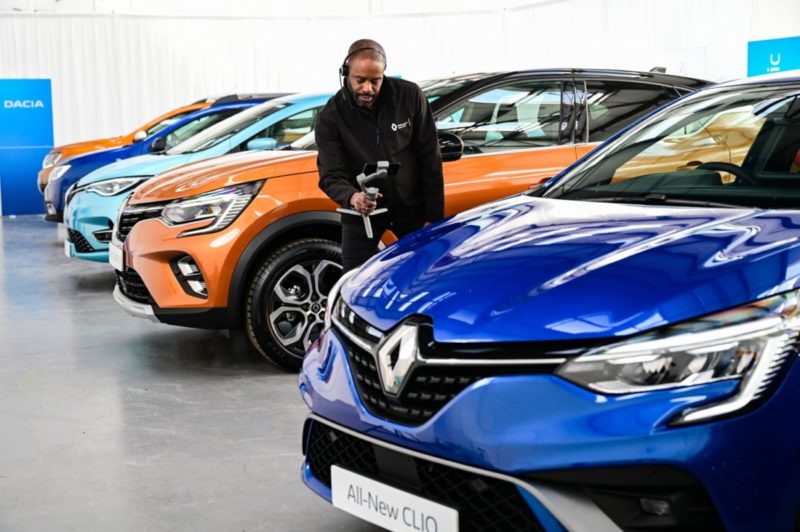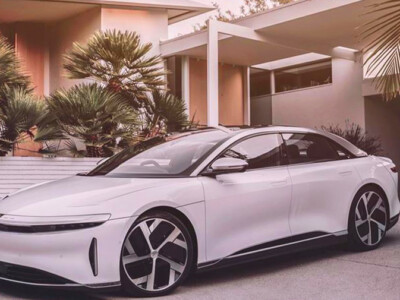
In the early 1890s, William Metziger was a humble owner of a bicycle shop in the heart of Detroit. After visiting the factories of Gottlieb Daimler and Karl Benz, the leading car manufacturers of the time, he returned to Detroit, sold his bicycle shop, and built the world’s first automobile showroom in 1897.
Showrooms have played a crucial role in driving the automotive revolution. Worldwide, they became the primary point of contact through which consumers could interact with car brands, explore models, and have a hands-on experience of what driving a car feels like. That was until 2020.
For many car brands and dealerships, it has been a year since the doors of their showrooms unexpectedly closed following the arrival of COVID-19 and the necessary global lockdown measures. So, how has this past year fundamentally changed the way people search for and buy cars?
Accelerating Change
The pandemic has naturally accelerated the role of online sales and the digital experience in the car-buying process. However, what car brands and retailers were not prepared for was that the digital realm would play the leading role in shaping the customer experience.
Car brands have long recognized the importance of an omnichannel strategy; a 2019 Salesforce study found that 79% of consumers conducted online research before making an online purchase. But while traditionally the role of digital for car brands was to channel customers towards the experience of a car in a physical showroom, for many, digital is the experience itself.
Car brands must now aim to tailor every aspect of customer interaction to individual needs and preferences without relying on the human experience of a showroom salesperson.
There is a wealth of data generated by consumers in the purchasing process, and car brands have plenty of it. However, the smart use of this data is the challenge when trying to shape a winning customer experience, whether inside or outside the showroom.
It is a relatively new challenge for many car brands to truly understand a customer’s needs without having met them. Even armed with conventional information and data, people often present themselves in one way while acting in another.
Car brands need to ask themselves how far their usable data reaches. Can they understand not only the demographics but also the mindset of a specific individual at that precise moment? Are they equipped to deliver a personalized customer experience and content that caters to this astonishing variety of needs?
Renault recently launched a new online retail platform offering virtual tours of vehicles in showrooms.
Brands have had time to address this challenge and should now have smart and effective audience segmentation to deliver ambitious experiences to customers; richer, more complex, more seamless, and personalized experiences for individuals, not for demographic profiles.
Using Values as a Vehicle
Understanding changing consumer attitudes is crucial for brands when creating a compelling digital showroom experience. Consumers continue to demand more than just a car as a product; they want it because it allows them to live their lives according to their values. To capture the interest of consumers looking for fully electric models, Audi partnered with Octopus Energy for its new E-tron range, offering all new E-tron customers a free home charging kit with a $208 credit.
Earlier this month, Jeep sought to integrate itself into the Amazon ecosystem and capture consumers looking for the next generation of in-car entertainment. Jeep announced that the launch of the 2022 Jeep Wagoneer and Grand Wagoneer SUVs would include a novelty: onboard access to Amazon Prime Video and third-party video apps.
These examples illustrate how integrated digital technology has become in the automotive experience. Digital technologies are omnipresent in our lives and are becoming an increasingly important part of the in-car experience, as well as a driving force in the purchasing journey.
It is important to remember that consumer expectations for digital experiences are not limited to the automotive sector. The digital experience consumers have with anything, from Amazon to Netflix, sets the standard. This means that consumers now expect interactions to be smooth and for their preferences to be noticed and reflected across all areas. This is why a good digital expert would challenge customers to look beyond the data, to understand the “why” and the “what.”
The world has changed unrecognizably in the past year, much less since William Metziger opened the first automotive showroom in 1897. Consumers face an ocean of choices, and car brands and retailers cannot rely on salespeople who always controlled and crafted the set. This is where portals like Yacarros.com come into play, offering the largest catalog of vehicles, whether new or used, and through their search filters, making it easy for customers to choose the car that best suits their needs.







